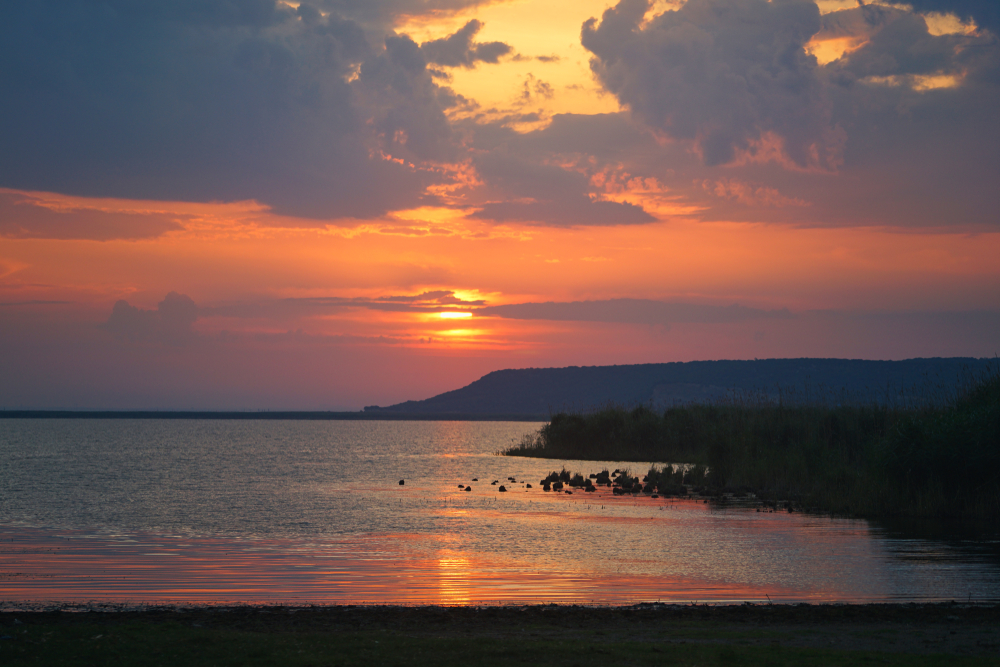Mount Ilgaz Overview
Mount Ilgaz National Park, known locally as Ilgaz Dağı Milli Parkı, is located in northern Turkey, straddling the provinces of Kastamonu and Çankırı. The park covers approximately 41.3 square miles (107 square kilometers) and encompasses the central section of the Ilgaz Mountains, part of the Western Black Sea Range.
Towering over the park is Mount Ilgaz, which reaches an elevation of 8,343 feet (2,543 meters), offering a striking contrast to the surrounding lowlands. The landscape is characterized by steep, forested slopes, high meadows, deep valleys, and alpine ridgelines that shift dramatically with the seasons.
Dense coniferous forests dominate the terrain, with fir, spruce, and Scots pine creating a thick canopy, while lower elevations include beech and oak mixed with understory plants such as rhododendron and wild berries.
The park’s diverse habitats support a rich array of wildlife, making it a refuge for many species native to northern Anatolia. Among the larger mammals, visitors might glimpse brown bears, red deer, wolves, and wild boars, which roam freely through the forested zones. Smaller mammals such as foxes, squirrels, and martens are also common.
Birdlife in Mount Ilgaz National Park is equally vibrant, with species such as the black woodpecker, Eurasian jay, common buzzard, and various types of owls regularly observed. The higher elevations also attract birds of prey, including the golden eagle and the long-legged buzzard. The park’s pristine streams and alpine wetlands add to the ecological richness, supporting amphibians and insect life critical to the food chain.
One of the park’s standout features is its seasonal transformation, making it popular year-round. In summer and autumn, it is a haven for hikers, campers, and nature photographers who come to explore its scenic trails and enjoy panoramic views from Mount Ilgaz’s summit.
In winter, the park becomes a major destination for snow sports, with the Ilgaz Ski Center drawing visitors for skiing, snowboarding, and snowshoeing. Well-maintained ski runs and modern facilities make the area accessible to both amateur and experienced winter sports enthusiasts. The natural beauty of the snow-covered forest enhances its appeal during the colder months.
Visitors can experience the park through a variety of recreational activities that change with the seasons. Hiking, trekking, and mountain biking are popular in the warmer months, with trails ranging from gentle walks to more demanding routes leading to high alpine points.
Designated picnic areas and observation points are scattered throughout the park, providing scenic spots to rest and enjoy the environment. Winter brings a shift to skiing and sledding, with lodges and rental shops available at the ski resort. Camping is permitted in certain areas, allowing for deeper engagement with nature.
Conservation efforts in Mount Ilgaz National Park have focused on maintaining its ecological integrity amid increasing tourism. Challenges include forest fire risks during dry summers and pressure from tourism infrastructure, particularly around the ski facilities.
However, park authorities have successfully implemented zoning measures and environmental education programs to reduce negative impacts. Sustainable tourism initiatives and active forest management have helped preserve the region’s biodiversity and ensure that Mount Ilgaz remains both a natural sanctuary and a place for public enjoyment.
Park Map
Mount Ilgaz National Park Highlights
Share your clicks with us
Related National Parks More Turkey
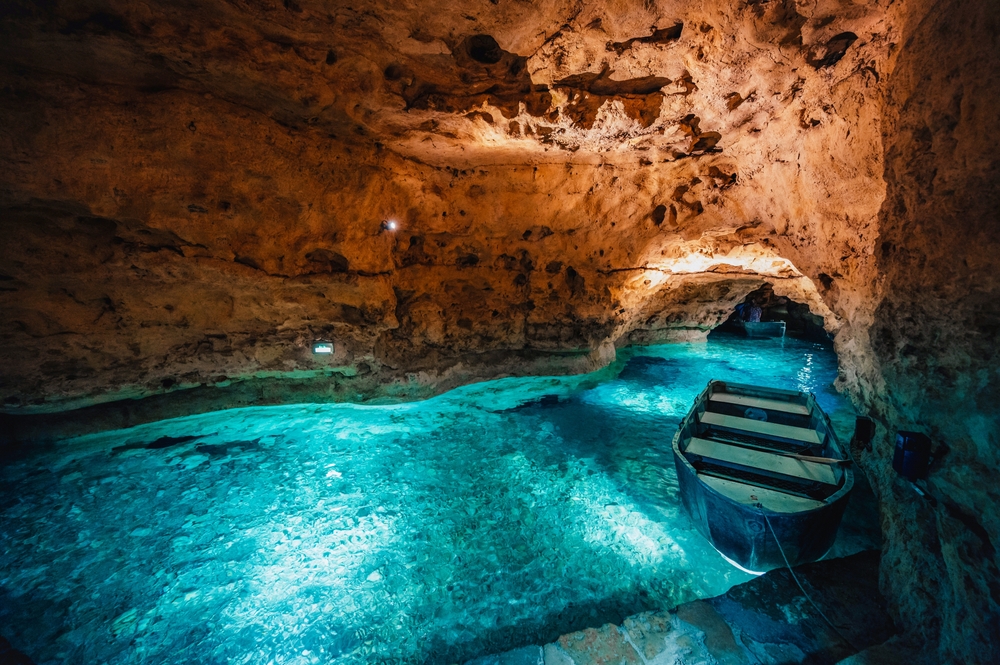
Derebucak Çamlık Caves National Park
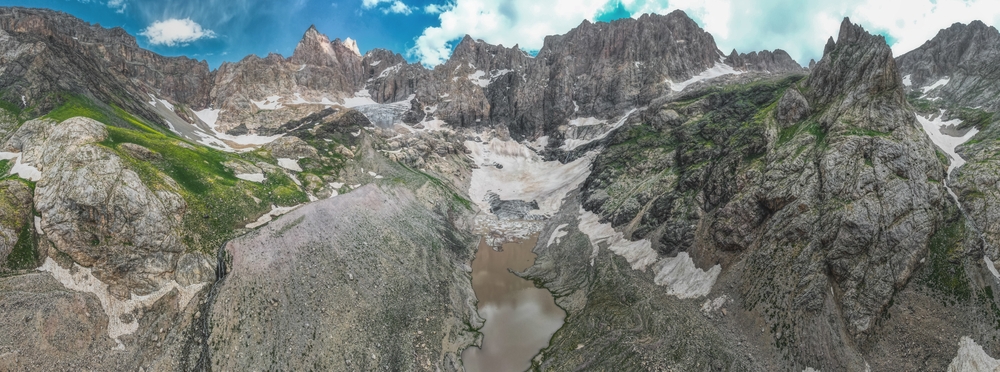
Hakkâri Cilo-Sat Mountains National Park
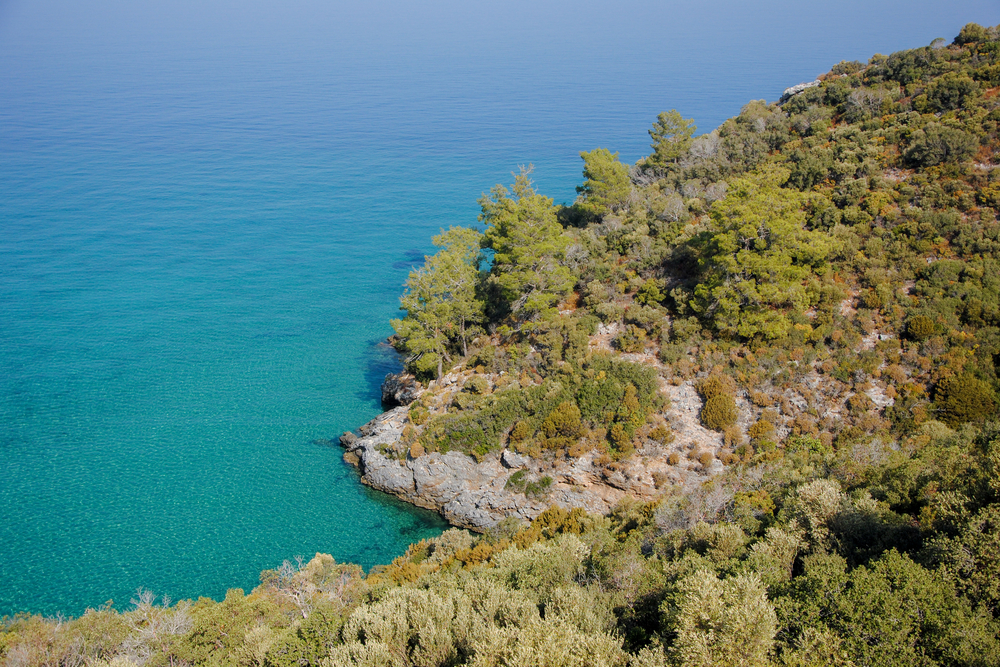
Dilek Peninsula–Büyük Menderes Delta National Park

Karagöl–Sahara National Park
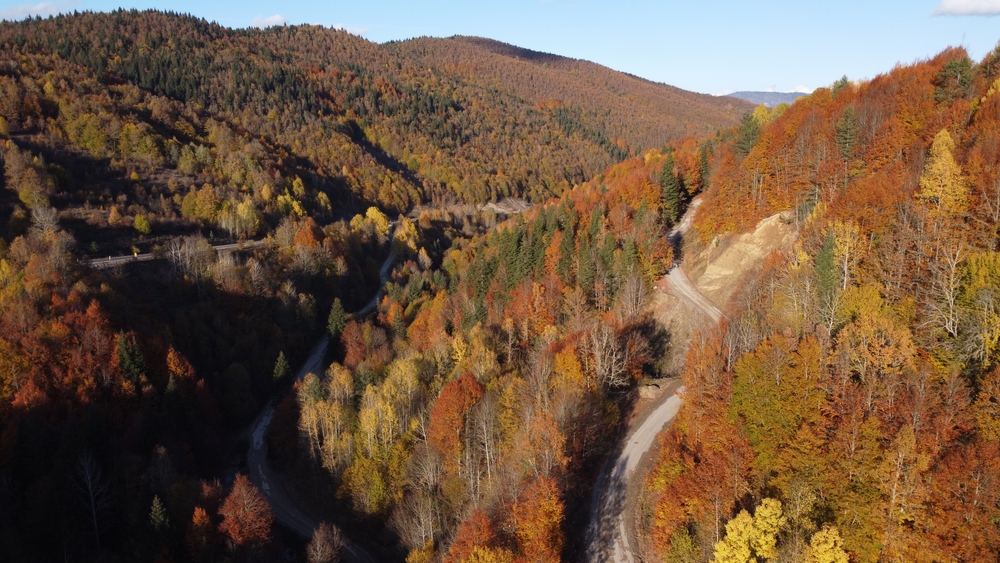
Küre Mountains National Park
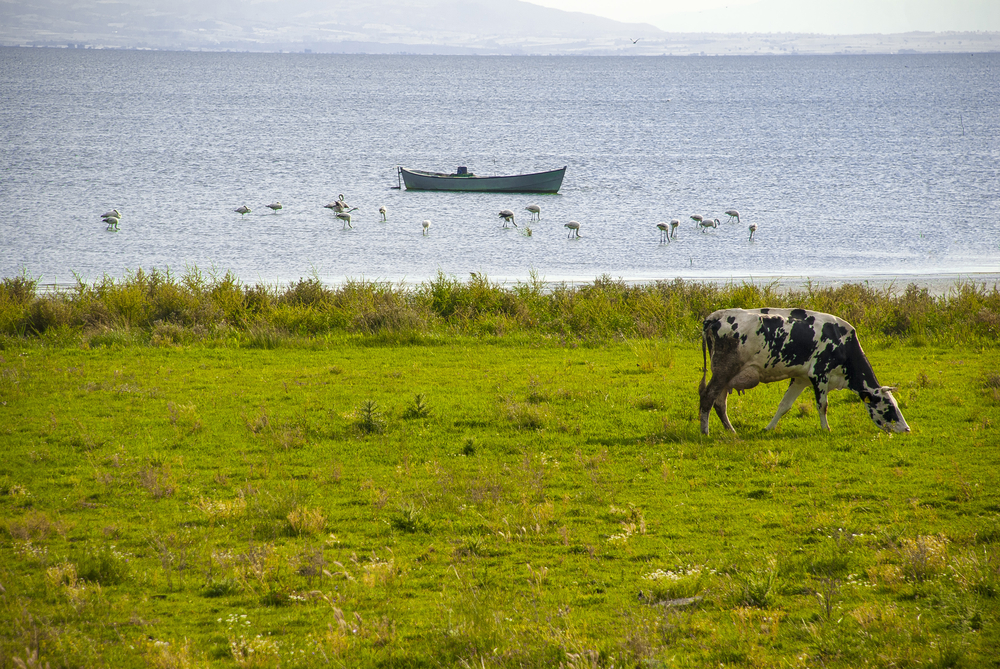
Kuşcenneti National Park
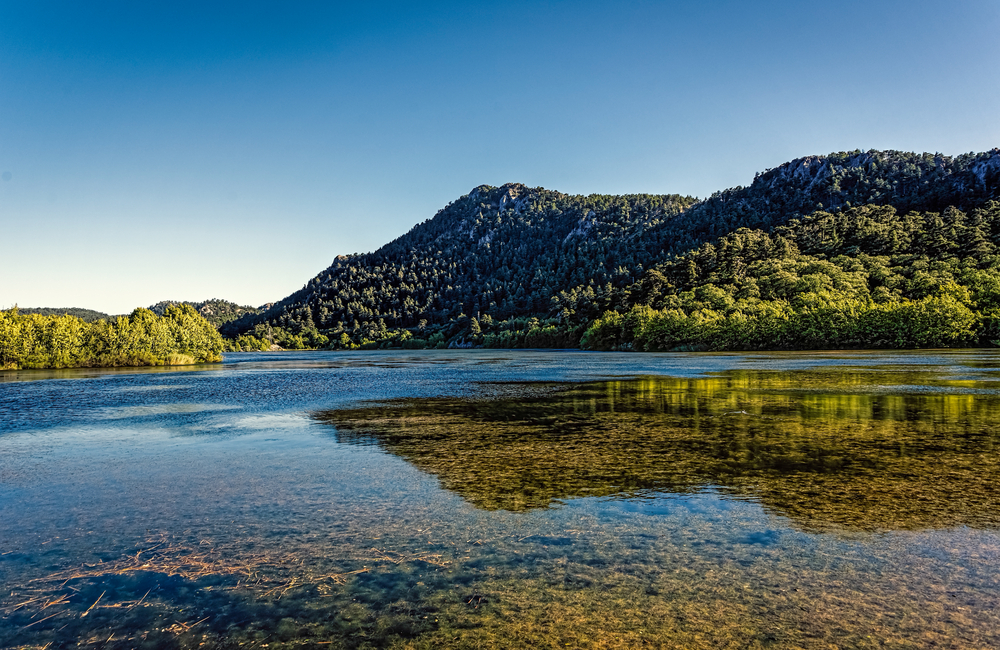
Lake Kovada National Park
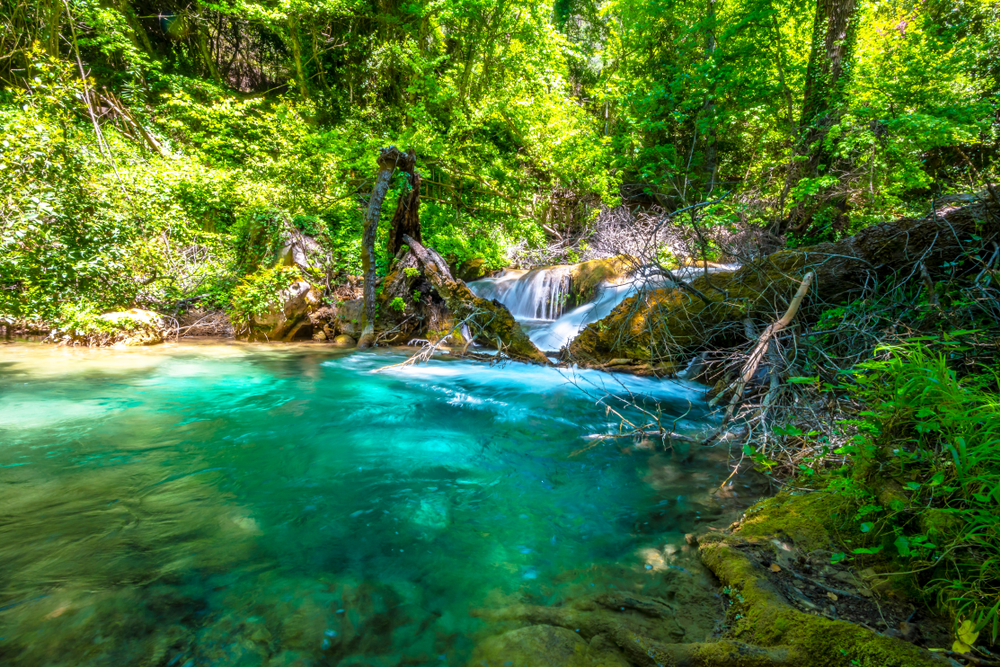
Marmaris National Park
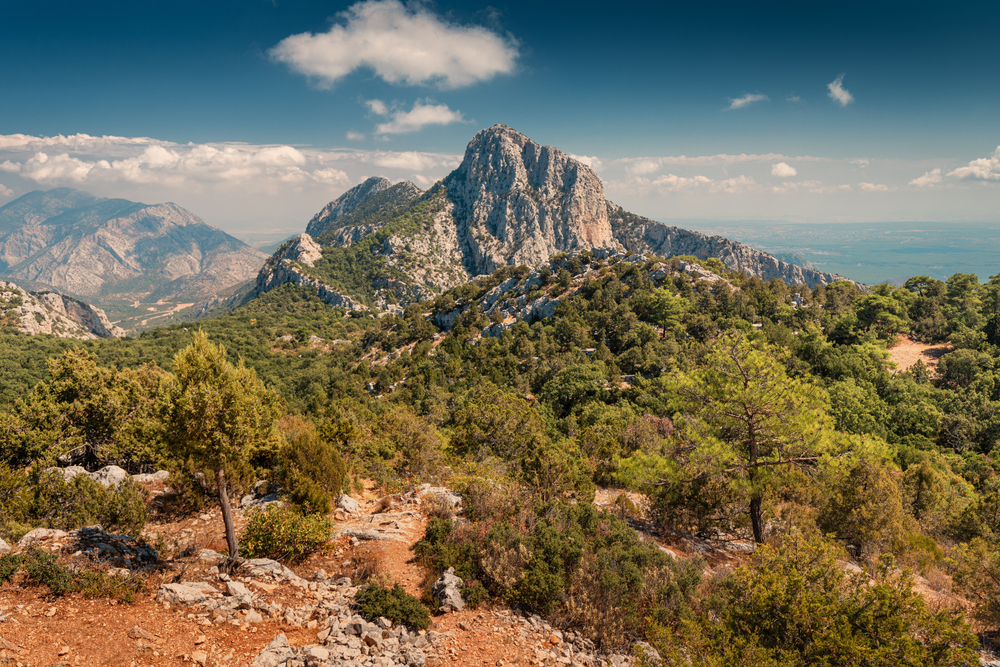
Mount Güllük–Termessos National Park
